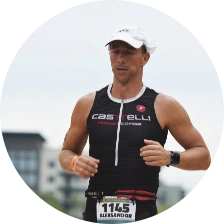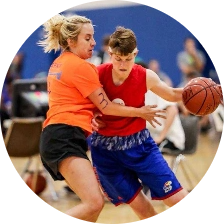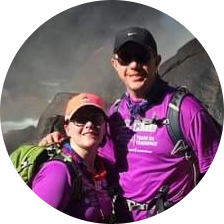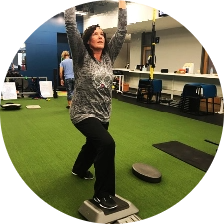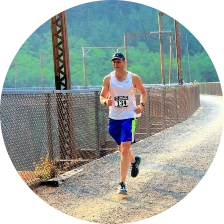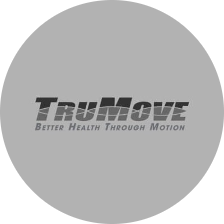Services
Rotator Cuff Tendonitis Therapy

Rotator cuff tendonitis is the condition where the tendons in the shoulder joint are irritated and inflamed.
It is also sometimes called impingement syndrome. The condition can develop over time especially when the shoulder is overused or stays in one position for a long period.
Certain activities such as swimming, pitching, or playing tennis can increase the likelihood of developing rotator cuff tendonitis. In some cases, the condition develops without any known cause.
People who have rotator cuff tendonitis report experiencing a few of the following common symptoms:
- Pain in front of the shoulder
- Pain when vertically moving the arm
- Pain in the shoulder that disrupts sleep
- Swelling in the shoulder area, especially up front
- Clicking sounds when the arm is moved
- Stiffness in the shoulder area
- Reduced arm mobility or strength
Doctors usually focus on the affected area for their diagnostic tests. They will look for tenderness in the shoulder and test the mobility of the arm. They may also order imaging tests, like an x-ray, ultrasound, or an MRI to confirm rotator cuff tendonitis.
At Superior Physical Therapy, we employ a movement exam to better identify the cause of the rotator cuff tendonitis. Using this exam, we can tell whether the problem is isolated or may be caused by weakness or other issues elsewhere in the body.
Why You Suffer
Rotator cuff tendonitis can develop over time especially if an individual conducts repeated heavy lifting or overhead activities. These activities can cause progressive degeneration that can eventually irritate, damage, or inflame the tendon in the shoulder joint.
The condition can also be caused by a substantial injury in the shoulder area. An accident may leave considerable trauma to the shoulder area, forcing pressure and ultimately damaging the shoulder joint.
The following risk factors have also been found to increase the likelihood of developing rotator cuff injury:
- Age – As people age, the joints in the body generally become weaker and more susceptible to damage and irritation. Rotator cuff tears, for example, are more common in people who are over the age of 60.
- Construction jobs – Individuals who work in construction or other jobs that require similar repetitive arm motions can increase the risk of rotator cuff damage over time.
- Family history – In some cases, members of the same families can develop rotator cuff injuries. This points to the possibility of the involvement of a genetic component.
Traditional Treatments for Rotator Cuff Tendonitis
Doctors may recommend a host of nonsurgical and surgical treatments to address rotator cuff tendonitis including the following:
- Rest – Doctors may advise the individual to refrain from activities that cause pain in the shoulder joint. These may include anything from daily household chores to tasks done at work.
- Medication – Doctors may also recommend nonsteroidal anti-inflammatory drugs such as naproxen and ibuprofen to address the pain.
- Injections – Steroid injections are done to reduce the inflammation in the joint and effectively manage pain. This is done when the previously mentioned conservative treatments are not effective.
- Surgery – Doctors can also recommend anything from the least invasive arthroscopy surgery to the open shoulder surgery, depending on the extent of the problem. The latter is usually recommended for individuals with other issues in the shoulder area, such as a tear in the large tendon.
TruMove
The traditional treatment options mentioned above may work to manage the pain, but they rely on the body’s ability to heal itself in the long-term. While this may be effective in relieving pain in the short-term, without addressing the underlying cause, the condition could recur.
At TruMove, we recognize that these conditions may be caused by issues elsewhere in the body. As such, our goal is to accurately identify the main source of the problem and find ways to address it.
We offer the following treatment options:
Dry Needling
Local contractures in the muscle tissue are triggered using monofilament needles. This procedure relieves pain safely and virtually painlessly, especially in musculoskeletal presentations.
Heat and Cold Therapy
Heat and cold packs are used to either speed up or slow down circulation, effectively reducing pain. Cold packs also reduce swelling, while heat packs improve healing in damaged tissues and relaxes muscles. Both or only one may be recommended.
Deep Muscle Stimulation
Mechanical vibrations are used to penetrate deep into the muscle tissue improving blood and lymphatic flow, and tissue regeneration. The vibrations also improve the lactic acid cycle, which is a common pain source.






